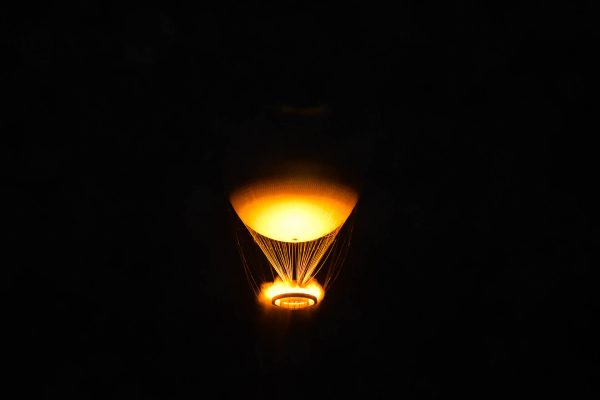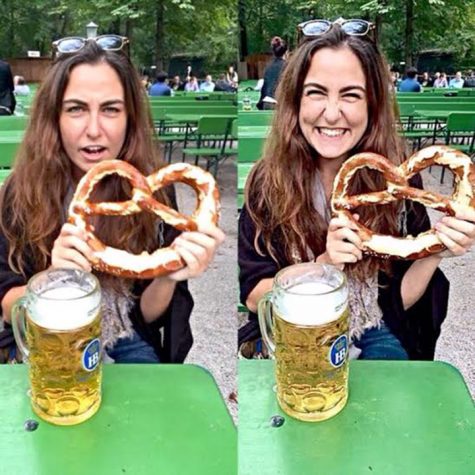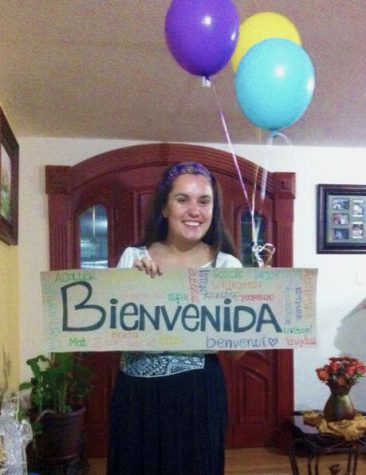DURBAN: Race relations at a glance
In a country where the racist white ruling regime of apartheid ended only 19 years ago, living as a white woman takes on a whole new meaning.
I live in Cato Manor, an area of government housing where many black and Indian people live. Although roads are common in my neighborhood, footpaths that weave up and down the hills and around houses built straight into the hillside are the easiest way to get from place to place. Nearly every house has stairs leading down or up, and clotheslines hang in nearly every yard.
Dogs sit outside houses guarding entrances or roaming along the streets. Cats also commonly lie outside their respective homes or sneak through trash. Monkeys sit on rooftops and often fight amongst themselves; I find myself comparing them to squirrels.
I love my home. From the backyard you can see the rolling hills filled to the brim with houses, and when it’s nighttime the stars come out and houses light up. Music pours from the windows. Rap. Indian. Pop. TV’s with South African soap operas and American soap operas (which are really popular here) blare and the sounds of Zulu and English blend with all the other sounds of the neighborhood. When you walk around the footpaths you’ll find neighbors’ doors wide-open and children in the yard and women cooking by open windows waiting to strike up conversation.
When I walk with my homestay sister, Zinhle, I often get asked what I’m doing in this neighborhood. White is not a color that exists among my neighbors. Race is a common subject, and my American sensitivities haven’t prepared me for a culture that is so blunt about race.
You aren’t simply black. You belong to a tribe: Zulu, Xhosa, Ndebele, Swati, Tswana, North Sotho, Sotho, Tsonga, Venda. Your tribe is your culture, your language, and another thing to struggle with as modernization takes South Africa by storm.
South Africa has a racial minority that in many ways is unique to South Africa: coloureds. Coloureds are the descendants that come from black and white unions or children that come from coloured unions. The coloured identity is wholly separate from the identity of blacks. Some coloureds can be extremely racist and adopt the idea that “white is right.”
The Indian population also has their own rich culture, especially in Kwazulu-Natal. There are many more minorities that dot South Africa’s landscape. Immigrants come from other parts of Africa and Asia. Immigrants from centuries past also make up distinctive minority groups here.
The white population of South Africa is in many ways an uneasy population. Many of the perpetrators of apartheid fled the country, and the affirmative action hiring practices of modern day South Africa have caused many of the white population to leave the country. Many whites remain segregated from the black population.
Your race determines the bars and stores you frequent and the places you live. This is not to say that all whites are alike. Many people who were African National Congress (ANC) (the party of Nelson Mandela that toppled apartheid) members are white. Also, in a post-apartheid world race doesn’t necessarily determine socio-economic level, and the middle class and upper class have become much more racially integrated groups.
When it comes to the beach, race and religion fail to separate. Women swim in burkas next to men in speedos. Black and Indian and white people are thrown together as the waves pull and push. The beach is the equalizer, where even people of different political parties mingle harmoniously.
Speaking of the ANC, seeing firsthand how many people are disenchanted with the ANC is quite a phenomenon. The two presidents who followed Mandela, John Mbeki and Jacob Zuma, have been disappointments to a large part of the population after failing to deliver education and economic strength to the nation. Add to that the fact that Mbeki was an AIDs/HIV denialist and Zuma a convicted rapist, and there’s no wonder that the ANC can no long live up to its legacy.
Many people who fought for the ANC or were ‘born-free’ (after 1994) can’t bring themselves to vote for the Democratic Alliance (DA), which is largely perceived to be the ‘white party,’ but no longer or never felt aligned with the ANC.
I could ramble on about politics for a while more, but I have plenty of time to tell about South Africa’s extremely progressive constitution and unique congressional court. Back to the main point that weaves in and out of this latest blog post: South Africa is different, and it shows me more every day.




